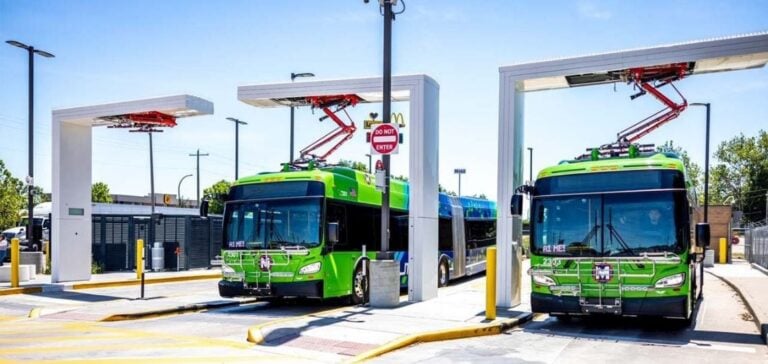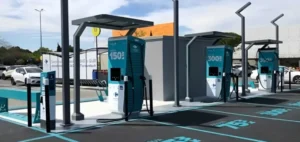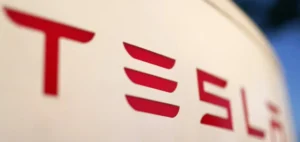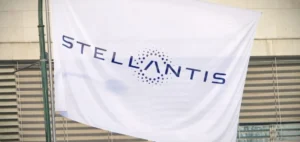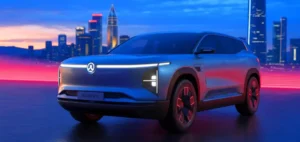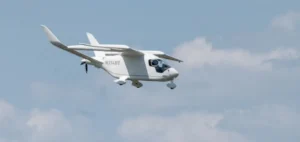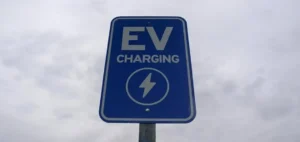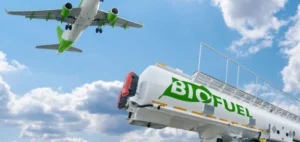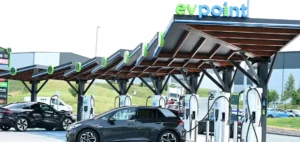Oakland Unified School District (OUSD) is putting a fleet of 74 all-electric school buses into service, becoming the first district in the USA to take this step. The move is part of a wider strategy to reduce greenhouse gas emissions, while optimizing the existing energy infrastructure through the integration of vehicle-to-grid (V2G) technology.
The buses are equipped with bi-directional charging stations, enabling them to interact with the local power grid, redistributing unused energy.
Collaboration with Pacific Gas and Electric Company (PG&E) is crucial to this project.
The company adapted the infrastructure to meet the specific energy needs of this fleet.
The 2.7 megawatts required to run the plant were made available ahead of schedule, demonstrating the company’s flexibility in managing energy resources.
Reducing Emissions and Optimizing Resources
The impact of this transition is mainly measured in terms of emissions.
With over 90% of American school buses still dependent on fossil fuels, the switch to electric power in Oakland will reduce greenhouse gas emissions by 25,000 tonnes per year.
This reduction is accompanied by optimization of energy resources, thanks to the buses’ ability to return up to 2.1 gigawatt-hours of energy to the grid each year – a first in the school transport sector.
The Environmental Protection Agency (EPA) and the California Air Resources Board (CARB) are providing financial support for this initiative, helping to cover part of the cost of converting the fleet.
The support of these agencies highlights the importance of public funding to accompany such transitions in critical infrastructures.
Model for National Evolution
The Oakland deployment could serve as a model for other school districts across the US.
Zūm, the key player behind the initiative, plans to extend the model to other regions, with the aim of electrifying 10,000 school buses nationwide.
This represents not only a breakthrough in emissions reduction, but also the potential to stabilize local power grids via the integration of V2G technology.
This approach combines a reduction in long-term operating costs with increased energy flexibility, thus meeting two major imperatives for players in the sector.
The ability to reduce emissions while actively participating in power grid management paves the way for wider adoption of these technologies in other transport sectors.


